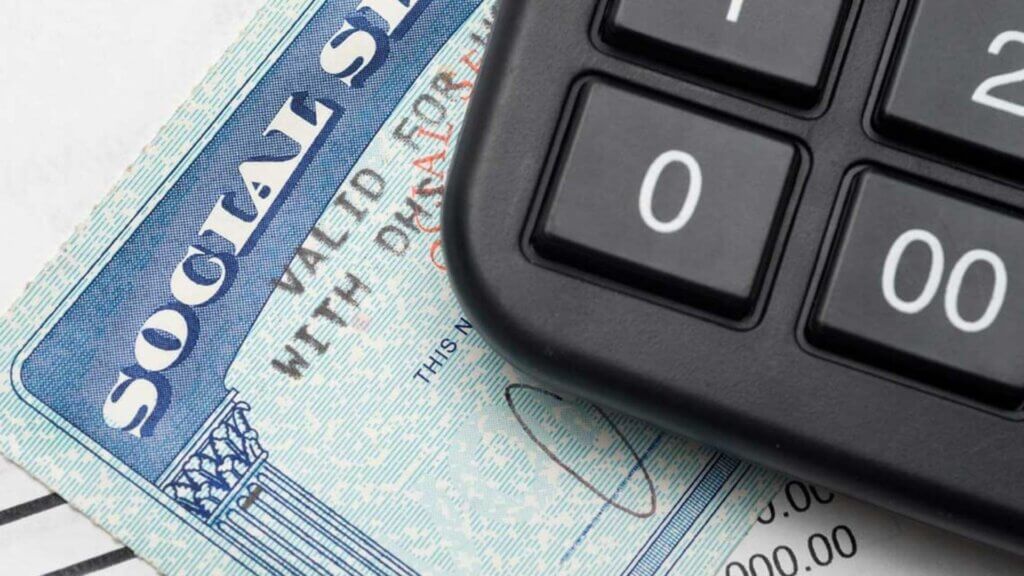
Social Security Death Benefits are an essential component of the United States Social Security program, designed to provide financial support to the families and dependents of deceased workers. When a person who has contributed to Social Security passes away, their eligible survivors may receive these benefits to help them cope with the loss and alleviate the financial burden that comes with it. This article will provide some important details on Social Security Death Benefits, explaining who can claim them and the important factors to consider in the process.
Certain criteria must be met to be eligible for Social Security Death Benefits. First and foremost, the deceased individual must have worked long enough and paid Social Security taxes to be insured by the program. Typically, a worker becomes fully insured when earning 40 Social Security credits, equivalent to 10 years of work.

Who Can Claim Social Security Death Benefits?
Several categories of individuals are eligible to claim Social Security Death Benefits:
A. Surviving Spouse
The deceased worker’s surviving spouse can claim death benefits if they were married to the deceased for at least nine months. However, there are exceptions to this rule. If the death was due to an accident or occurred while on active duty in the military, the nine-month requirement may be waived. Additionally, if the surviving spouse is caring for a child of the deceased who is under the age of 16 or disabled, they can claim benefits regardless of how long the marriage lasted.
B. Divorced Spouse
In some cases, a divorced spouse may be eligible to claim Social Security Death Benefits based on their former spouse’s work record. To qualify, the marriage must have lasted at least ten years, and the divorced spouse must not have remarried before reaching the age of 60 (or 50 if disabled).
C. Children
Dependent children of the deceased worker may also be eligible for Social Security Death Benefits. This includes biological children, adopted children, and dependent stepchildren under 18 (or up to age 19 if still in high school) or have a disability that began before the age of 22.
D. Dependent Parents
If the deceased worker provided at least half of their financial support, dependent parents who are 62 years of age or older may be eligible to claim Social Security Death Benefits.
E. Disabled Surviving Adult Child
In some cases, a disabled adult child may be eligible for Social Security Death Benefits based on the deceased worker’s record. To qualify, the disability must have started before age 22, and the adult child must be unmarried.

How Are Social Security Death Benefits Calculated?
The amount of Social Security Death Benefits a survivor receives depends on various factors, including the deceased worker’s earnings history and the age at which the survivor begins to claim benefits. The Social Security Administration (SSA) calculates the survivor’s benefit as a percentage of the deceased worker’s Primary Insurance Amount (PIA), which is the monthly benefit the worker would have received if they had started claiming benefits at full retirement age.
A. Surviving Spouse’s Benefit
If the surviving spouse has reached full retirement age, they are entitled to 100% of the deceased worker’s PIA as their survivor benefit. However, the benefit amount will be reduced if the surviving spouse claims the benefit before reaching full retirement age.
B. Surviving Spouse Caring for Children
If the surviving spouse is caring for a child of the deceased who is under 16 or disabled and receives benefits based on the child’s record, they can receive 75% of the deceased worker’s PIA.
C. Children’s Benefit
Each eligible child is entitled to 75% of the deceased worker’s PIA. However, there is a limit to the total amount that can be paid to a family, which is usually between 150% to 180% of the deceased worker’s PIA.
D. Other Survivor Categories
Survivors not covered under the categories mentioned above, such as dependent parents or disabled adult children, have specific rules that determine their benefit amounts.

Application Process for Social Security Death Benefits
Survivors must apply with the Social Security Administration to claim Social Security Death Benefits. The application process typically involves providing various documents and information to establish eligibility. The required documents may include the deceased worker’s death certificate, Social Security number, birth certificate, and the survivor’s Social Security number and birth certificate.
Lump-Sum Death Payment
In addition to the monthly survivor benefits, a one-time lump-sum death payment of $255 may be available to a surviving spouse or child who meets certain eligibility requirements. The lump-sum death payment can provide immediate financial assistance to help with funeral expenses or other urgent needs.
It’s important to note that receiving other benefits, such as workers’ compensation or pensions based on the deceased’s work, may affect the amount of Social Security Death Benefits received. In some cases, these other benefits may cause a reduction in the survivor’s benefit amount.